Ofuro - The Traditional Japanese Bathtub
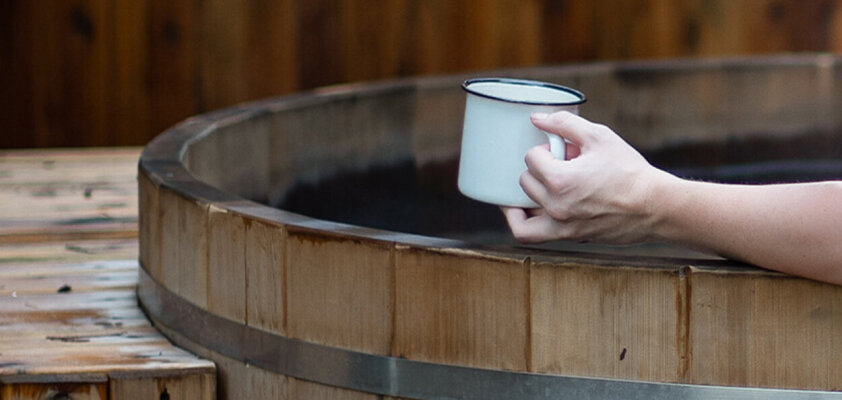
In Japan, an Ofuro refers to a facility with a compact bathtub, usually placed in a separate room. This room is not intended for the actual cleansing process, as with a shower or a regular bathtub in the West. It is specifically used for ritual bathing and relaxation. Prior to entering the bath, individuals thoroughly scrub themselves in the shower or at the washing area, and then they proceed to enjoy a leisurely soak in the pleasantly warm water.
What does a typical Ofuro bathtub look like?
The design of an Ofuro bathtub differs little at first glance from a classic freestanding bathtub. There are oval and round shapes, as well as square models. The tub can be placed at ground level in the bathroom or on a platform. It looks particularly elegant when the tub is embedded in the floor. Since the Ofuro is not very deep, there is no need for steps or a ladder, and the look is wonderfully minimalist and elegant.
What material should the tub be made of?
Ofuro tubs come in a variety of materials:
- Wood
- Ceramic
- Plastic
- Metal
For those who want to follow the historical tradition, a wooden tub, crafted in the style of a box or barrel, is suitable. Modern models are made of high-quality ceramic or plastic and come equipped with a drain and connections for fixtures.
The height of the Ofuro is designed to serve as a whirlpool or sitting bathtub. When used as a plunge bath in the sauna, it allows for complete cooling in ice-cold water.
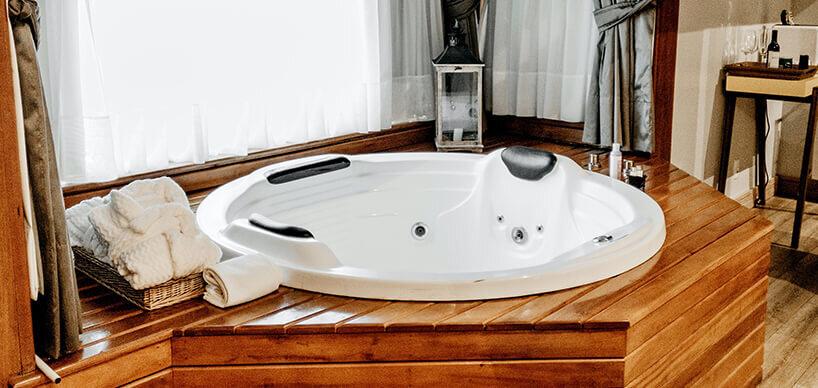
How to perfectly showcase this designer piece
For the Ofuro tub to stand out perfectly, it should be placed separately. This can be done following historical examples in a niche in the bathroom, in a dedicated room, or even outdoors on a terrace. When it comes to color selection, natural wood tones and pure white take precedence. Models made of natural stone such as granite and marble, as well as dark artificial stone, look very elegant.
Creating a comfortable atmosphere in your own spa involves a well-thought-out lighting concept. Daylight or dimmable lights can contribute to a pleasant ambiance. Additionally, typically Japanese are small decorations like pictures or finely crafted flower arrangements that enhance the space.
With a curtain or a flexible partition (called Shoji in Japan), the bathing area can be separated in the bathroom. In recent times, it has also become modern to combine the bathroom with the bedroom. For such a design, an Ofuro would be an ideal solution.
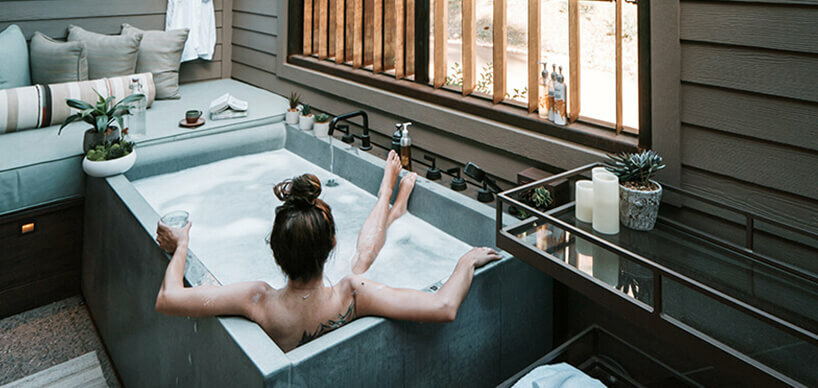
How is the Ofuro bathtub properly used?
For those who want to take a bath in the Ofuro, preparation involves thorough cleaning of the entire body. The water in the tub should have a pleasant warmth, ranging from approximately 37°C to a maximum of 42°C. Aromatic essential oils and bath additives can enhance relaxation. For example, chamomile, hay flowers, rosemary, thyme, or rose oil make suitable additions. When using mint or lavender, the scent is wonderfully refreshing, but it may feel a bit cool. These essences are therefore suitable when cooling down is desired.

Traditionally in Japan, the Ofuro bath was used by the entire family without changing the water in between. With an externally operated heater, the bathwater could be kept warm for an extended period. After the bath, the water was also used for handwashing. While this idea of thriftiness is less popular from a hygiene perspective today, the bathwater can certainly be used for watering plants if no additives were used.
Many models come with a cover to keep the bathwater clean. They may also be equipped with a built-in heater that ensures the water is always at the right temperature. Premium solutions even have a timer, allowing the water to be automatically filled at a predetermined time and temperature.
Relaxed enjoyment in your own spa
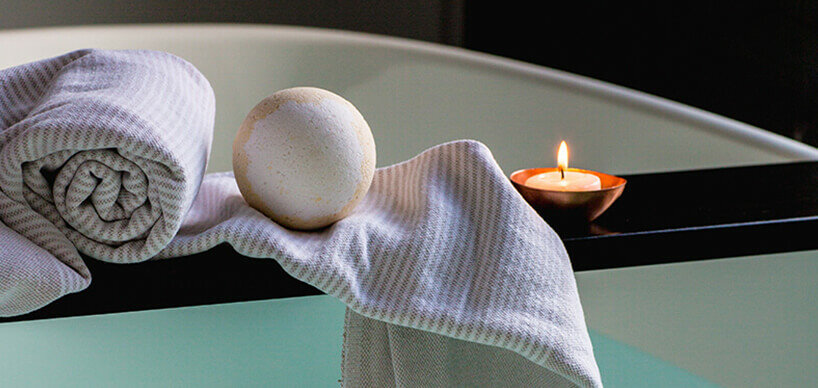

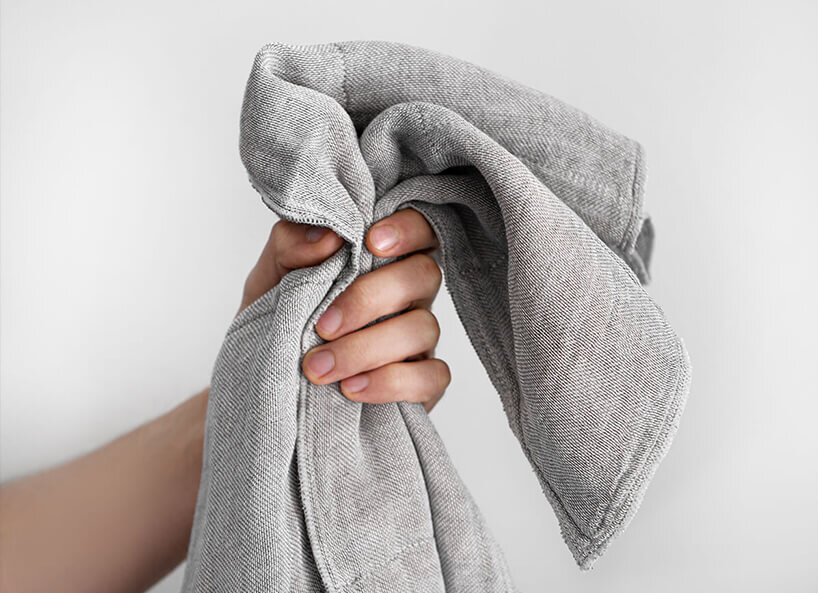
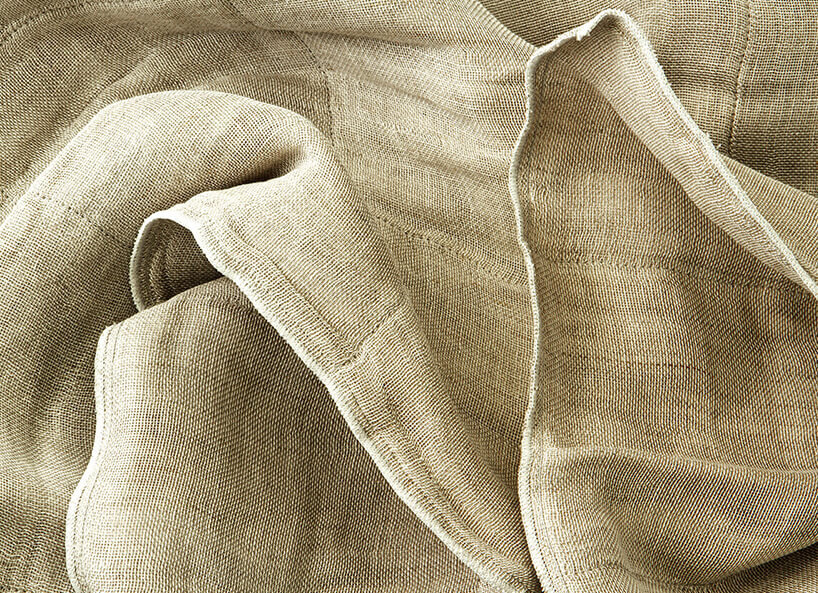
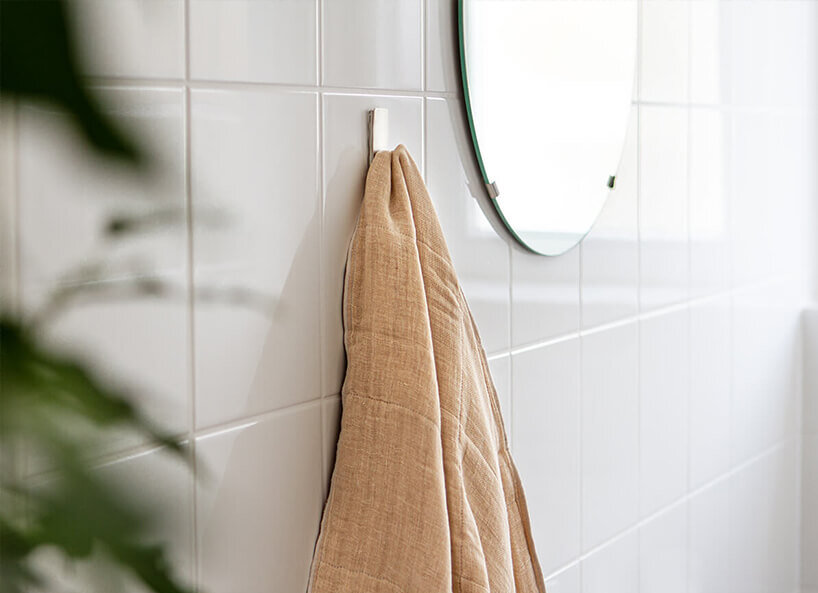
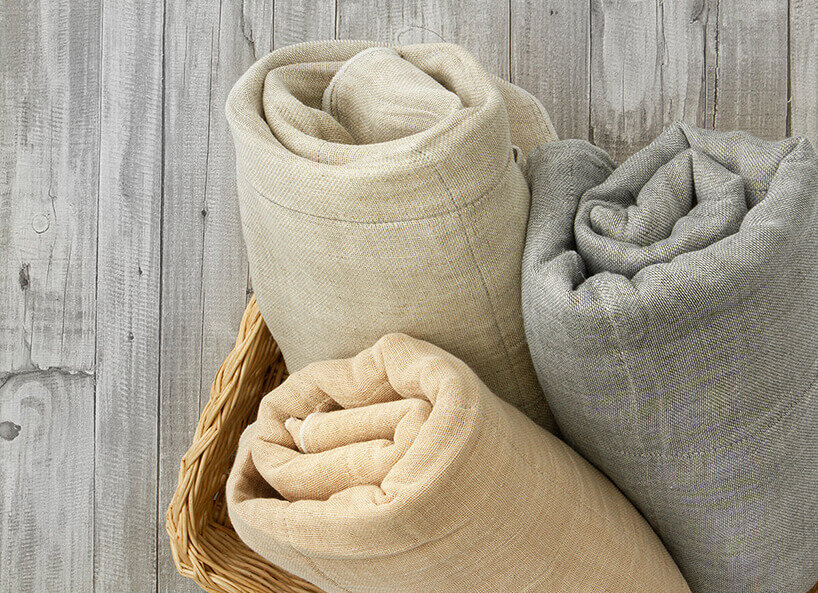










-from-the-yakiyaki-grill-pan.jpg)




